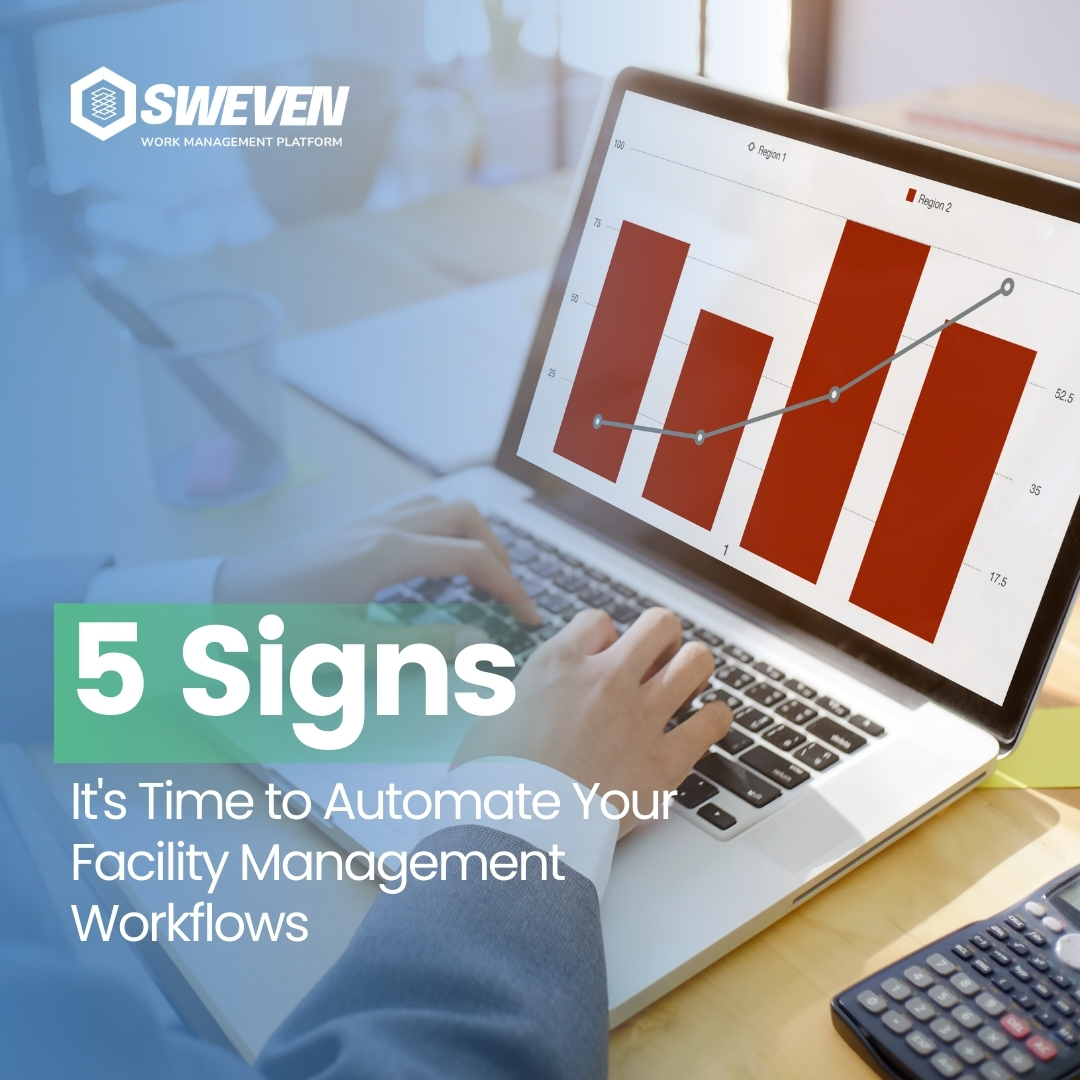In the intricate web of business operations, vendor relationships are pivotal. However, maintaining transparency and accountability across these partnerships can often pose significant challenges, leading to service disruptions and inefficiencies. Fortunately, there exists a solution: implementing vendor performance metrics through technology. In this blog post, we explore how leveraging performance metrics can foster accountability and drive improvements in service quality, ultimately enhancing organizational success.

The Challenge of Vendor Accountability
In today’s competitive landscape, organizations rely heavily on vendors to deliver goods and services efficiently and effectively. However, without proper mechanisms in place, it can be challenging to hold vendors accountable for meeting performance expectations. This lack of transparency can result in service disruptions, missed deadlines, and ultimately, damage to the organization’s reputation and bottom line.
The Solution: Vendor Performance Metrics
Enter vendor performance metrics—a powerful tool for measuring and evaluating vendor performance objectively. By defining key performance indicators (KPIs) and leveraging technology-enabled systems, organizations can gain insights into vendor performance, identify areas for improvement, and drive accountability across vendor relationships.

Key Benefits of Vendor Performance Metrics:
- Transparency and Accountability: Establishing clear performance metrics fosters transparency and accountability among vendors, ensuring alignment with organizational goals and expectations.
- Identifying Performance Gaps: By tracking performance metrics, organizations can identify areas where vendors are falling short and take corrective actions to address issues promptly.
- Driving Continuous Improvement: Performance metrics serve as a catalyst for driving continuous improvement. By setting benchmarks and monitoring progress over time, vendors are incentivized to enhance their service delivery and meet or exceed performance target.
- Enhancing Service Quality: A focus on performance metrics encourages vendors to prioritize service quality, resulting in improved outcomes and greater satisfaction for both internal stakeholders and end-users.
- Risk Mitigation: By proactively monitoring vendor performance, organizations can mitigate risks associated with service disruptions, delays, and non-compliance, safeguarding against potential financial and reputational losses.
Implementation Strategy:
Define Key Performance Indicators (KPIs): Collaborate with stakeholders to identify relevant KPIs that align with organizational objectives and vendor service agreements.
Select Technology-enabled Systems: Choose appropriate technology platforms or software solutions for tracking and monitoring vendor performance metrics efficiently.
Establish Clear Communication Channels: Ensure open and transparent communication channels with vendors to discuss performance expectations, feedback, and improvement opportunities.
Regular Performance Reviews: Conduct regular performance reviews based on predefined metrics, providing constructive feedback and recognition for achievements.
Drive Accountability Through Contracts: Incorporate performance metrics into vendor contracts and agreements to enforce accountability and incentivize compliance.

Conclusion:
In conclusion, implementing vendor performance metrics through technology is instrumental in enhancing accountability and driving improvements in service quality. By establishing clear expectations, leveraging technology-enabled systems, and fostering transparent communication, organizations can optimize vendor relationships, mitigate risks, and ultimately, achieve greater success in their operations. Embracing a culture of accountability and continuous improvement not only strengthens vendor partnerships but also positions organizations for long-term growth and sustainability in an ever-evolving business landscape.

























